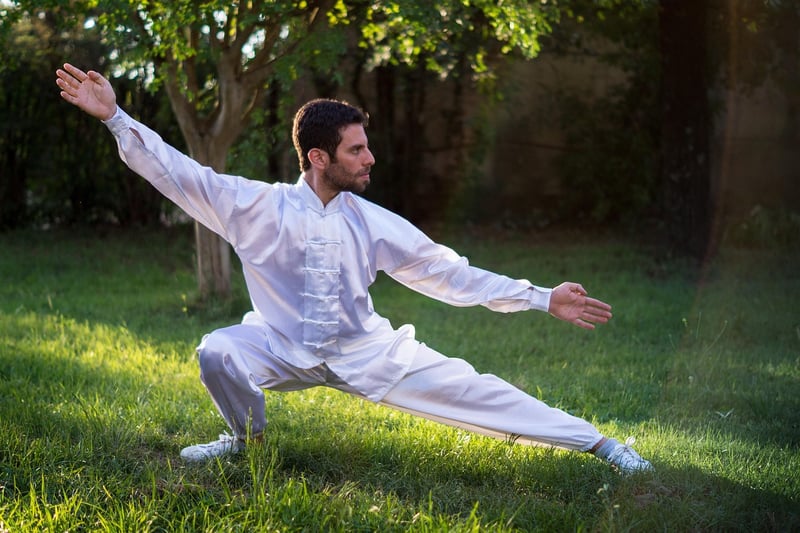Tai Chi Routine
Exploring the Benefits of Mindful Movement: Tai Chi Routine
The Power of Mindful Movement
Mindful movement activities combine physical exercise with mental focus, promoting holistic well-being. They help individuals connect body and mind, reduce stress, and improve overall health.
Introduction to Tai Chi
Tai Chi, also known as Tai Chi Chuan, is a gentle form of Chinese martial art that involves a series of slow, flowing movements. It is often referred to as "meditation in motion" due to its focus on mindfulness and breath awareness.
Benefits of Tai Chi
- Improves balance and stability
- Reduces stress and anxiety
- Enhances flexibility and range of motion
- Boosts overall physical and mental well-being
Tai Chi Routine for Beginners
- Start with a gentle warm-up, such as neck rolls and shoulder shrugs.
- Stand with feet shoulder-width apart, knees slightly bent, and arms relaxed by your sides.
- Begin with the "Commencing Form" by raising your arms in front of you, palms facing down, and slowly breathing in.
- Move into the "Opening Posture" by extending your arms out to the sides, palms facing up, as you exhale.
- Continue with a sequence of movements like "Grasping the Sparrow's Tail" and "Wave Hands Like Clouds."
- Conclude the routine with the "Closing Form" by bringing your palms together in front of your chest.
Practice Mindfulness in Motion
Focus on each movement, breathe deeply, and let go of distractions to fully immerse yourself in the present moment. Tai Chi is not just about physical exercise but also about cultivating a sense of inner peace and harmony.
Experience the Serenity of Tai Chi
Find a peaceful outdoor setting or a quiet room at home to practice your Tai Chi routine. Embrace the gentle flow of movements and the tranquil state of mind it brings.

Embark on a journey of mindful movement with Tai Chi and discover the profound connection between your body and mind.
References: mayoclinic.org
